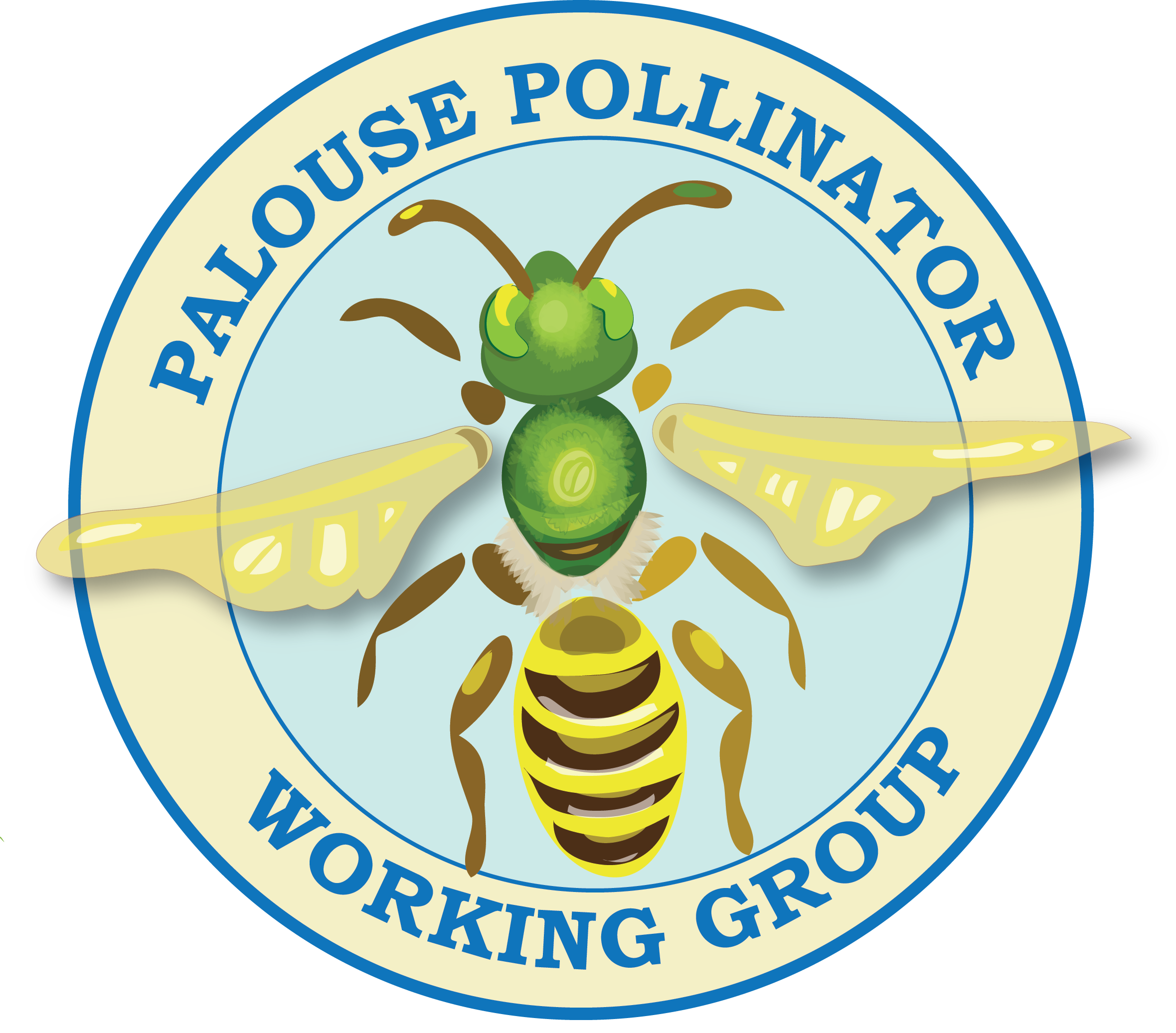Pollinator Resources
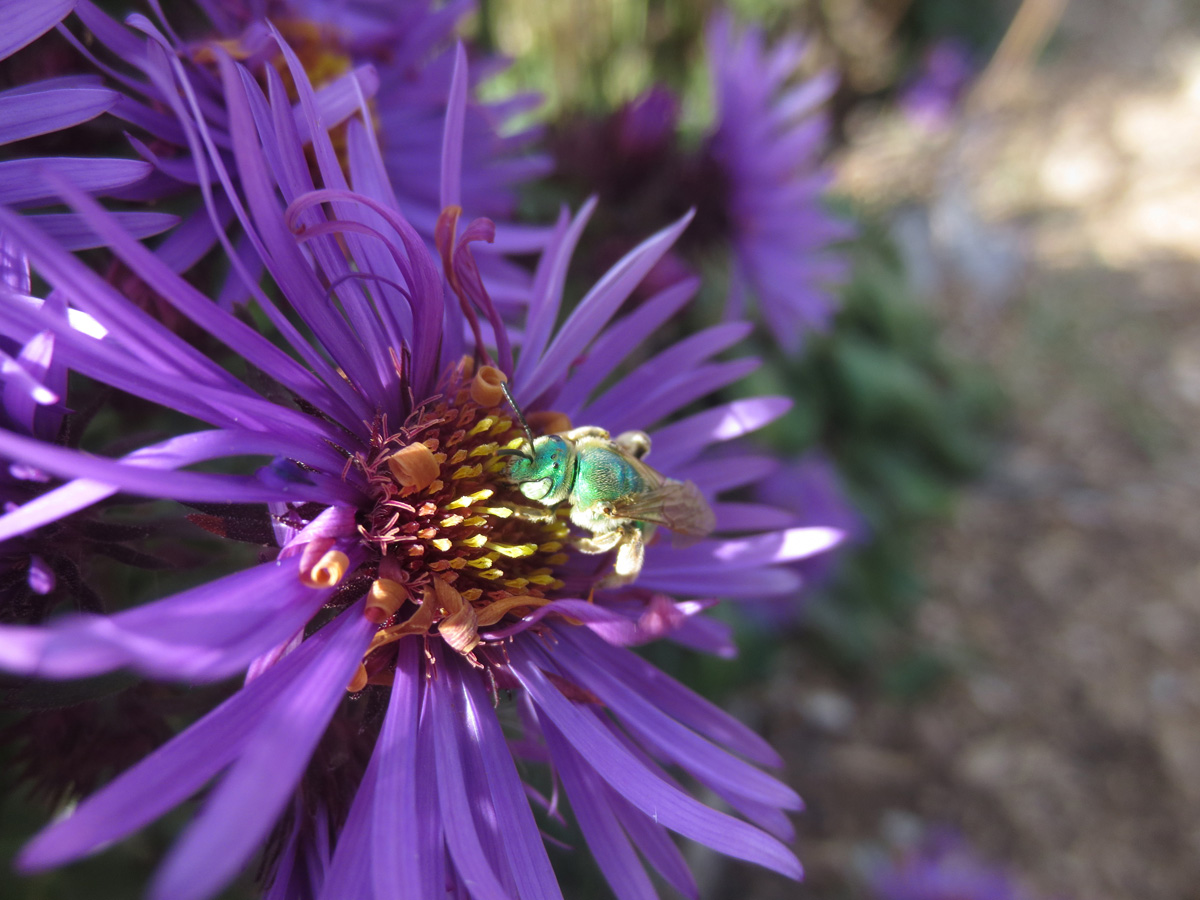
Learn more about insect pollinators and how to help them thrive.
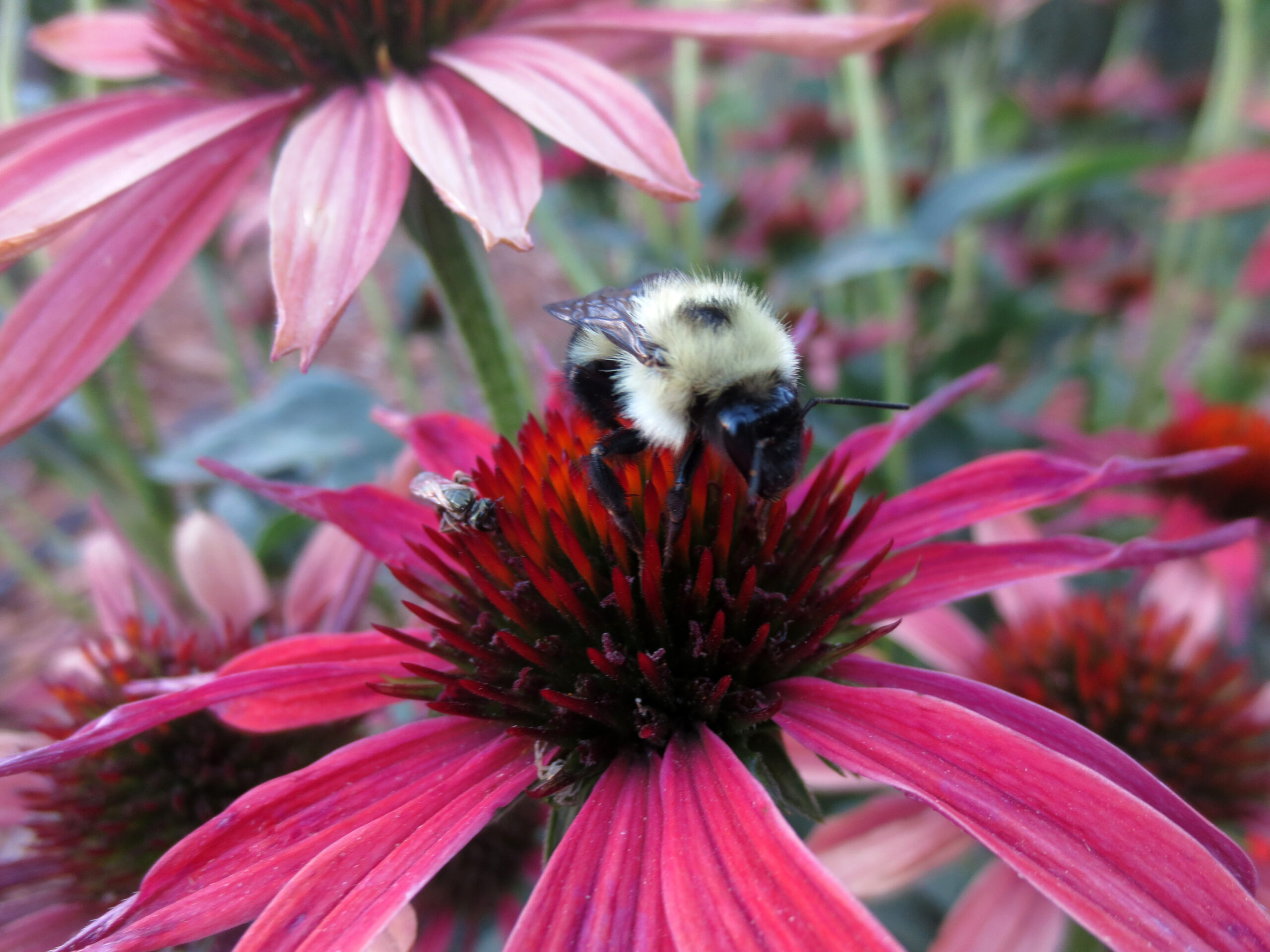
Moscow is a Bee City. Learn more about what that means at this site.
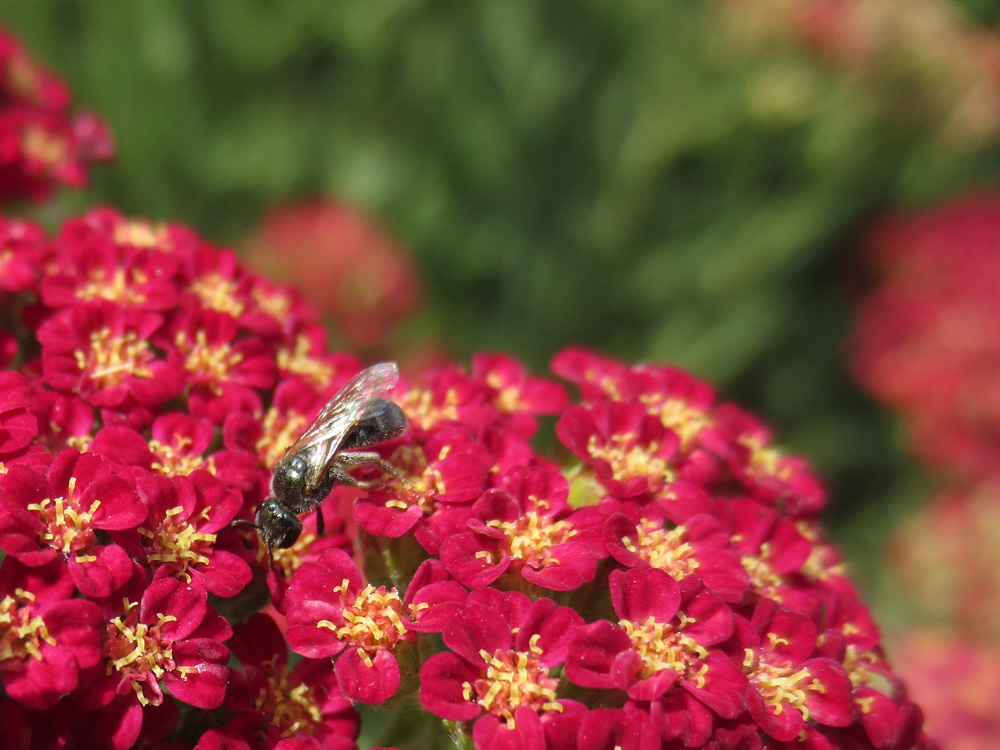
Check out the latest and greatest pollinator research.
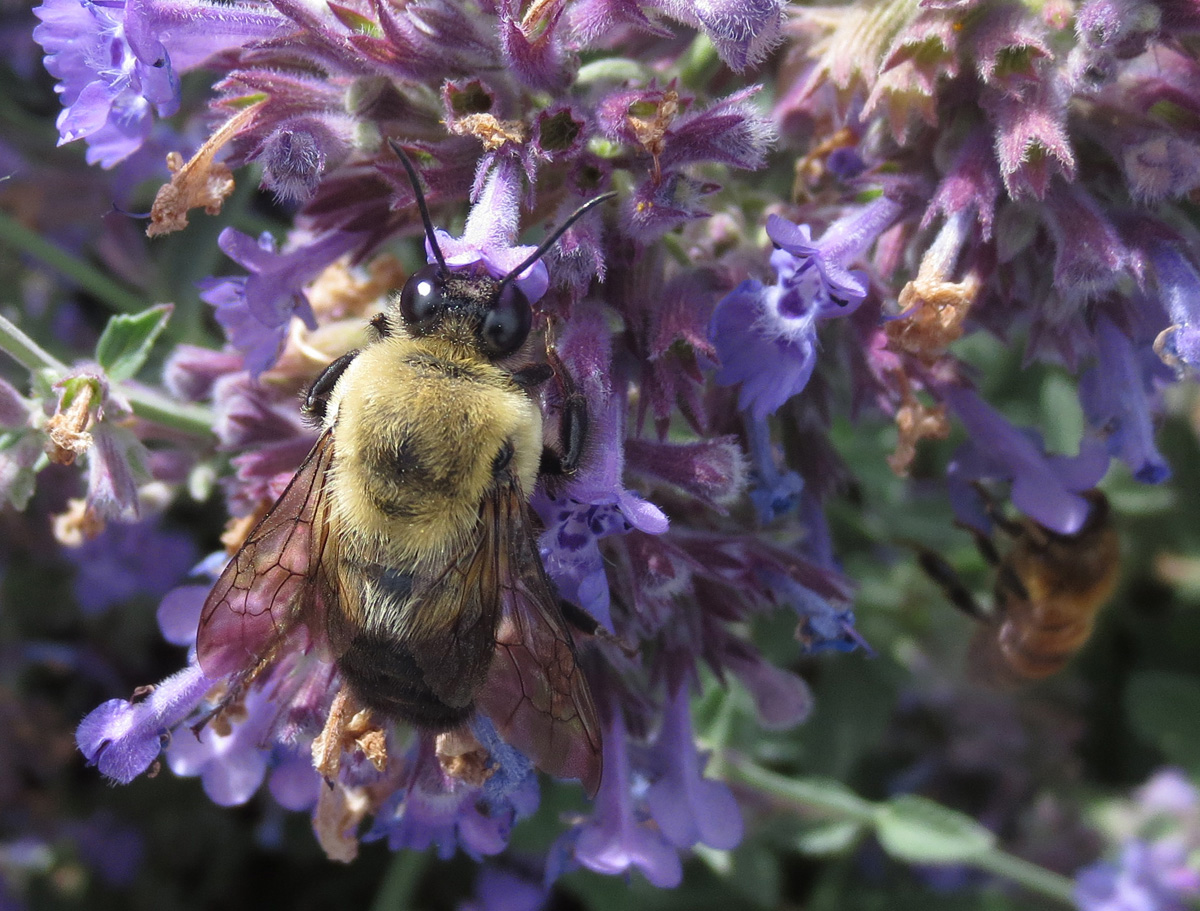
People working together to help pollinators.
help pollinators By avoiding harmful pesticides
Research by UC Riverside reported that a common insecticide, neonicotinoids, decreased a solitary bees' reproduction by 90%.
Neonicotinoids are commonly used on nursery flowering plants; including those labeled as 'bee friendly'. Ironically, the use of these pesticides have made agriculture a lot less bee friendly.
In the experiment, Cecala and Wilson Rankin (2021) exposed alfalfa leafcutter bees to different amounts of neonicotinoid. At the recommended pesticide dose ALL the bees died. Even when the pesticide was applied at only a third of the recommended rate, almost all bees were severely effected. There was adverse effects on reproduction, the bees' ability to feed, and the insects' overall fitness.
Neonicotinoids can disturb a bee's slumber. Tasman et al. 2021 found that a bee or fruit fly exposed to a typical amount of pesticide slept less and its daily behavioral rhythms became out of synch with the normal 24-hour cycle of day and night.
This problem is growing worse!
DiBartolomeis et al. (2019) reported that agriculture became 48x more toxic to insects in the U.S. between 1992 and 2014, mostly due to increased neonicotinoid use. Pollinators are exposed to pesticide residues in pollen, nectar, guttation water, and other environmental areas. Researchers measured Acute Insecticide Toxicity Loading (AITL).
Neonicotinoids also represent between 61% to nearly 99% of total toxicity loading in 2014. Even though neonicotinoids are applied at lower application rates; they are much more toxic to insects and usually persist longer in the environment than other pesticides.
Neonicotinoids are neuro-active insecticides that are similar to nicotine. Imidacloprid mimics acetylcholine, which is a common nerve transmitter. It binds to the nicotinic receptor (acetylcholine receptors) and blocks nerve activity in the peripheral and central nervous systems. Activation of the receptors causes hyperactivity, muscle spasms, and death. Imidacloprid products are used as seed treatment, insecticide spray, flea control, and termite control.
What can you do?
1) Ask your local nursery or garden center if plants have been treated or sprayed with neonicotinoids.
2) Boycott neonicotinoid pesticides used on ornamental plants in nursery or home garden settings.
3) Encourage your city to use alternatives to neonicotinoids on bee-pollinated or visited plants.
4) Let the EPA know what you think: Schedule for Review of Neonicotinoid Pesticides
While some of the worse neonicotinoid pesticides have been banned, many are still available over the counter. Around 300 insecticide products contain bee killing neonicotinoid insecticides as active ingredients.Stop using neonicotinoid insecticides
Active ingredients to avoid (this is not a complete list; please read active ingredients on any similar products):
acetamiprid
clothianidin
dinotefuran
imidacloprid
thiacloprid
thiamethoxam
Here is a list of neonicotinoid pesticides to avoid:
Contains: Acetamiprid
Bayer All-In-One Rose and Flower Granules
Ortho Bug-B-Gon Garden Insect Killer
Ortho Bug-B-Gon for Lawns
Orthro Rose & Flower Insect & Disease Control Concentrate
Orthro Rose Pride Insect Killer
Ortho Flower, Fruit & Veg Insect Killer
Contains: Clothianidin
Bayer All-In-One Rose and Flower Granules
Bayer Tree & Shrub Insect Control
Contains: Dinotefuran
Bayer Tree & Shrub Insect Control
Green Light Tree & Shrub Insect Control with Safari 2 G
Ortho Tree & Shrub Insect Control Plus Miracle Gro Plant Food
Safari
Contains: Imidacloprid
Imidacloprid is made by manufactured by the Bayer Cropscience company.
Bayer Advanced 3-in-1 Insect, Disease, & Mite Control
Bayer Advanced 12 Month Tree & Shrub Insect Control
Bayer Advanced 12 Month Tree & Shrub Protect & Feed
Bayer Advanced Fruit, Citrus & Vegetable Insect Control
Bayer Advanced All-in-One Rose & Flower Care concentrate
Bayer All-In-One Rose and Flower Granules
Bayer Complete Insect Killing Granules
Bayer Season Long Grub Control
Bayer Termite Killer Granules
DIY Tree Care Products Multi-Insect Killer
Ferti-lome 2-N-1 Systemic
Hi-Yield Systemic Insect Spray
Knockout Ready-To-Use Grub Killer
Monterey Once a Year Insect Control II
Ortho Bug B Gon Year-Long Tree & Shrub Insect Control
Ortho MAX Tree & Shrub Insect Control
Surrender Brand GrubZ Out
Contains: Thiamethoxam
Amdro Quick Kill Lawn & Landscape Insect Killer.
Amdro Rose & Flower Care
Maxide Dual Action Insect Killer
Cecala JM, Erin E. Wilson Rankin. Pollinators and plant nurseries: how irrigation and pesticide treatment of native ornamental plants impact solitary bees. Proceedings of the Royal Society B: Biological Sciences, 2021; 288 (1955): 20211287 DOI: 10.1098/rspb.2021.1287
DiBartolomeis M, Kegley S, Mineau P, Radford R, Klein K (2019) An assessment of acute insecticide toxicity loading (AITL) of chemical pesticides used on agricultural land in the United States. DOI: 10.1038/s41598-021-81548-2
Tasman K, Sergio Hidalgo, Bangfu Zhu, Sean A. Rands, James J. L. Hodge. Neonicotinoids disrupt memory, circadian behaviour and sleep. Scientific Reports, 2021; 11 (1) DOI: 10.1038/s41598-021-81548-2
Previously posted on Rural Roots; written by Susan Fluegel
